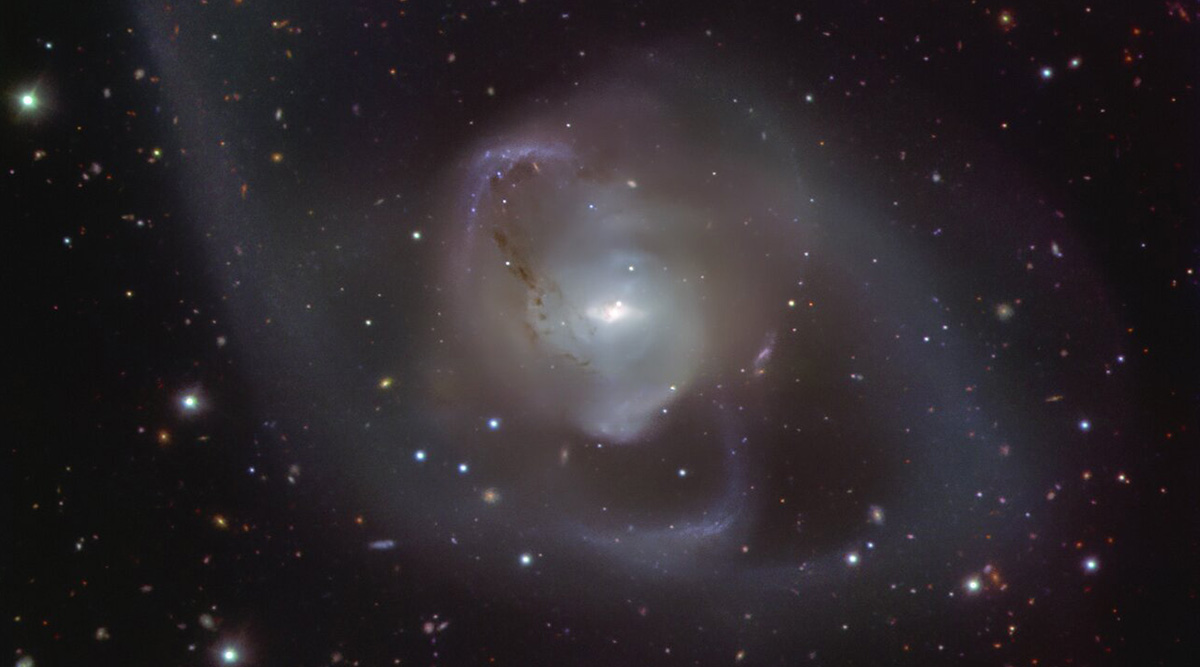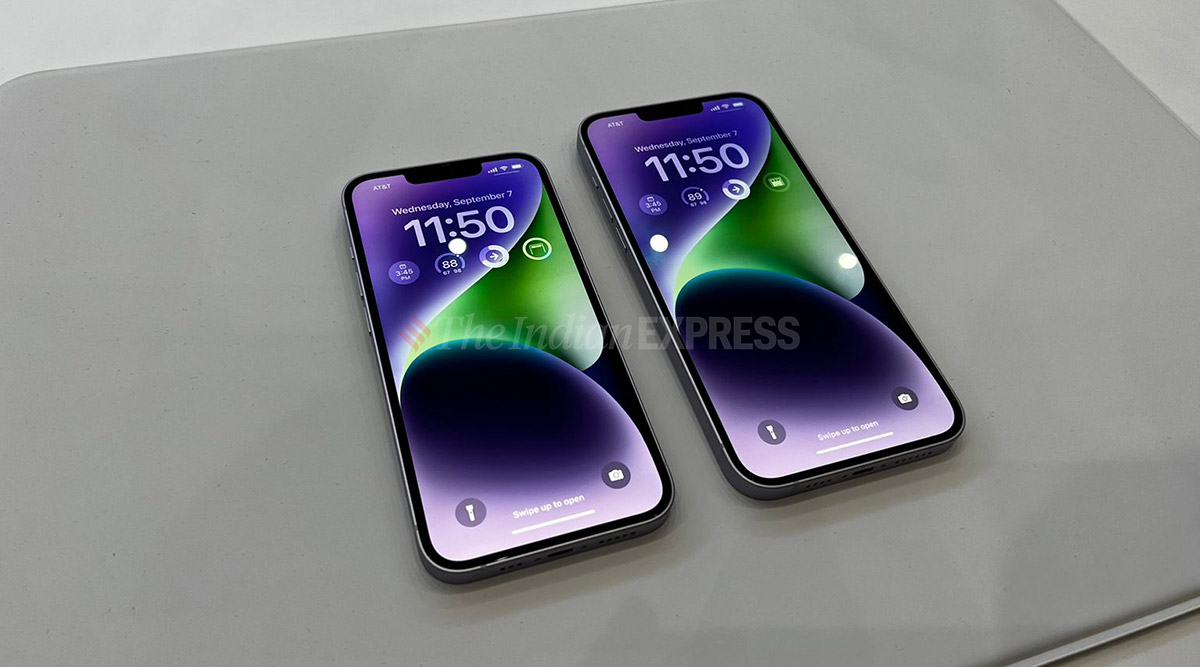The European Southern Observatory’s (ESO) Very Large Telescope has captured an image of a spectacular galactic collision. NGC 7727, a massive galaxy, was created from an event that started around a billion years ago: the merger of two galaxies. And at the centre of NGC 7727 lies the closest pair of supermassive black holes ever found and these two objects are destined to merge into an even more massive black hole.
Galactic collisions are very violent events but generally, individual stars don’t collide with each other since the distances between them are very large, in comparison to their sizes. Instead, the galaxies ‘dance’ around each other and their gravities create tidal forces that dramatically change each others’ shapes. “Tails” of stars, gas and dust will spin around the galaxies until they eventually form a new merged galaxy. This is what resulted in the disordered and asymmetrical shape of NGC 7727.
This image was taken with the VLT’s Focal Reducer and low dispersion Spectrograph 2 (FORS2). The galaxy has been captured by another ESO telescope in the past but this new image has more of the galaxy’s intricate details in it, including in the main body and the faint tails around it. The tangled trails created by the merging of the galaxies is visible in the image, stripping stars and dust from each other to create the long arms surrounding NGC 7727.
 Close-up view of the nearest pair of supermassive black holes. (Image credit: ESO)
Close-up view of the nearest pair of supermassive black holes. (Image credit: ESO)
The two bright points at the centre of the galaxy are telltale signs of the dramatic galactic merger. NGC 7727’s core still consists of the original cores from the two galaxies that merge, with each hosting a supermassive black hole.
ESO’s upcoming Extremely Large Telescope is set to start operating later this decade and it will increase the likelihood of discovering such hidden supermassive black hole pairs. NGC 7727 is an interesting target because our galaxy is on the path to merging with the Andromeda galaxy, billions of years from now. The resulting galaxy could perhaps look similar to what is seen with NGC 7727.
!function(f,b,e,v,n,t,s)
{if(f.fbq)return;n=f.fbq=function(){n.callMethod?
n.callMethod.apply(n,arguments):n.queue.push(arguments)};
if(!f._fbq)f._fbq=n;n.push=n;n.loaded=!0;n.version=’2.0′;
n.queue=[];t=b.createElement(e);t.async=!0;
t.src=v;s=b.getElementsByTagName(e)[0];
s.parentNode.insertBefore(t,s)}(window, document,’script’,
‘https://connect.facebook.net/en_US/fbevents.js’);
fbq(‘init’, ‘444470064056909’);
fbq(‘track’, ‘PageView’);






